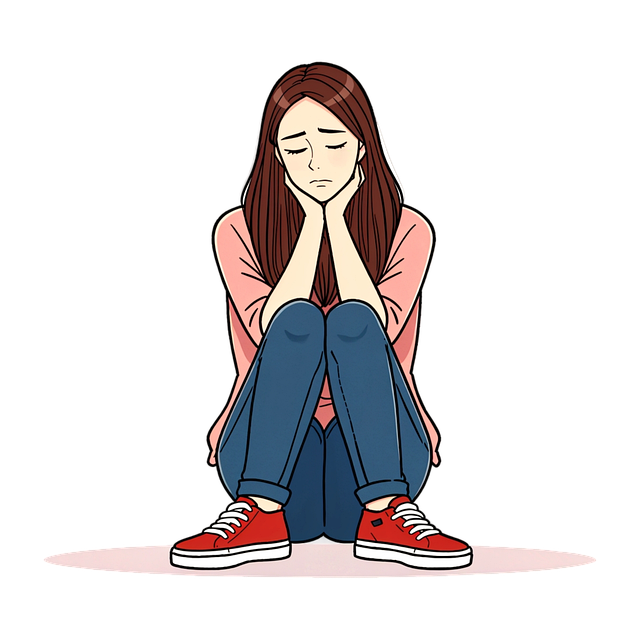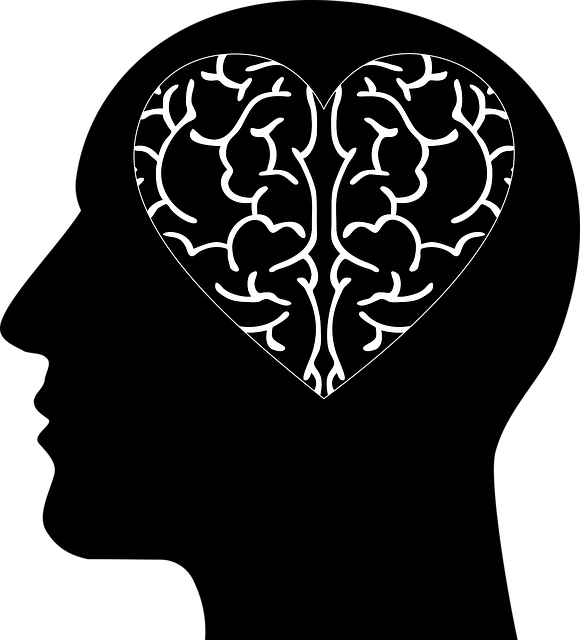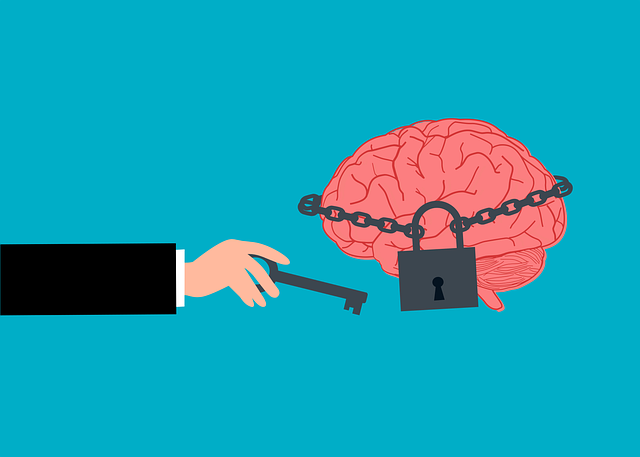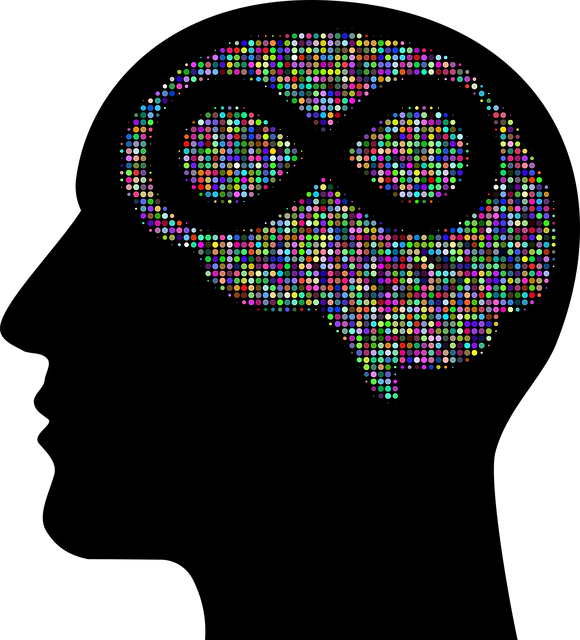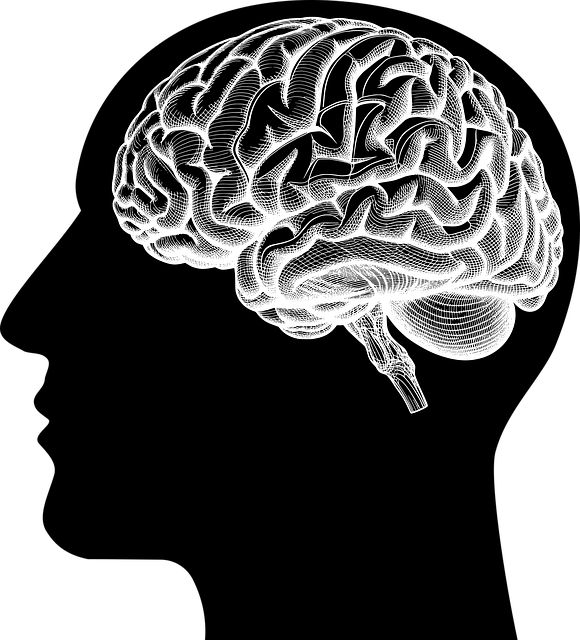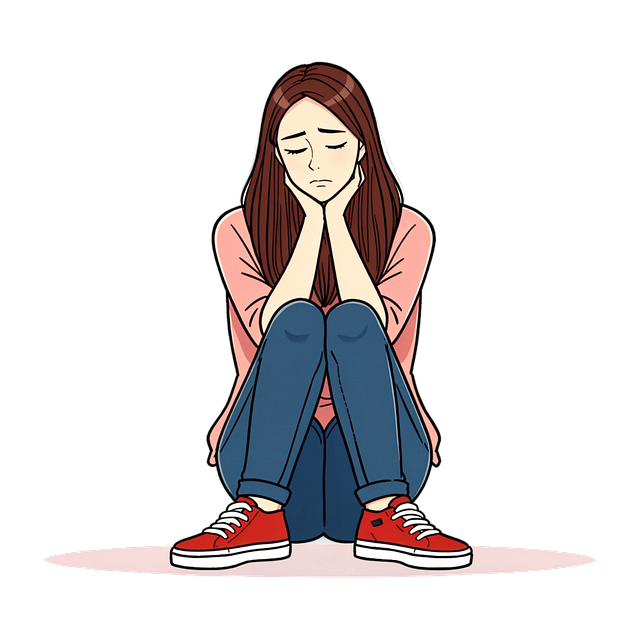Mental wellness is paramount, impacting daily life through thoughts, feelings, and actions. Longmont Trauma Therapy offers techniques to process trauma and regain control. Mental health education with communication strategies fosters understanding and prevents burnout. Journaling, a powerful tool for self-reflection and emotional healing, aids in processing past traumas and managing stress when combined with therapy. In Longmont Trauma Therapy, journaling is recognized as an effective method to overcome deep trauma, enhancing emotional intelligence and personal growth. Incorporating daily mental wellness journaling, guided by professionals, is an effective way to prioritize emotional well-being.
“Unwind and embrace transformative self-care with mental wellness journaling, a powerful tool for navigating life’s challenges. In today’s fast-paced world, understanding the impact of mental health on daily routines is paramount. This article explores the intricate link between mental wellness and personal growth, highlighting the effectiveness of Longmont Trauma Therapy’s approach to healing. From recognizing the benefits of journaling to practical steps for implementation, get ready to unlock a sanctuary of self-reflection and enhance your overall well-being.”
- Understanding Mental Wellness and its Impact on Daily Life
- The Power of Journaling: A Tool for Self-Reflection and Healing
- Longmont Trauma Therapy: Unlocking Techniques through Journaling
- Practical Steps to Incorporate Mental Wellness Journaling into Your Routine
Understanding Mental Wellness and its Impact on Daily Life

Understanding mental wellness is pivotal in comprehending its profound impact on our daily lives. It encompasses emotional, psychological, and social well-being, influencing how we think, feel, and act. Mental health affects our ability to cope with stress, make choices, and relate to others. Issues such as anxiety, depression, or trauma can significantly impair functionality and quality of life. For instance, in Longmont Trauma Therapy, professionals employ various techniques to help individuals process traumatic experiences and regain control over their mental wellness.
Incorporating mental health education programs design that focus on communication strategies is essential for fostering understanding and burnout prevention. By learning effective ways to express feelings and needs, individuals can build stronger relationships and navigate challenges with resilience. These strategies not only enhance self-awareness but also promote empathy in interpersonal interactions, ultimately contributing to a more supportive and nurturing environment both personally and professionally.
The Power of Journaling: A Tool for Self-Reflection and Healing

Journaling is a powerful tool for self-reflection and emotional healing processes, offering individuals a safe space to explore their thoughts and feelings. Through this introspective practice, one can gain profound insights into their mental wellness journey, especially when combined with Longmont trauma therapy techniques. By putting pen to paper, individuals can confront and process past traumas, work through conflict resolution techniques, and manage stress effectively.
The act of journaling allows for a unique form of catharsis, enabling people to externalize their internal struggles and gain clarity. This self-care practice is an essential part of the emotional healing processes, fostering a deeper understanding of one’s triggers and promoting mental resilience. Moreover, it serves as a personal record, tracking progress over time and providing valuable insights for both individuals seeking growth and those navigating challenging life stages.
Longmont Trauma Therapy: Unlocking Techniques through Journaling

In the realm of Longmont Trauma Therapy, journaling emerges as a powerful tool to unlock and heal deep-seated trauma. By embracing this expressive therapy, individuals can tap into their inner resilience and embark on a journey of self-discovery. Through reflective writing, one can process complex emotions, memories, and experiences that may have been challenging to articulate otherwise. This practice fosters emotional intelligence, enabling individuals to better understand and manage their feelings, which is crucial for conflict resolution techniques.
The act of putting thoughts onto paper allows for a unique form of catharsis. Journaling provides a safe space where people can explore and confront their traumas without fear of judgment. As they uncover hidden aspects of themselves, they begin to build inner strength—a vital asset in navigating future challenges. This process empowers individuals to rewrite their narratives, transforming pain into personal growth and fostering a deeper connection with their emotional well-being.
Practical Steps to Incorporate Mental Wellness Journaling into Your Routine

Incorporating mental wellness journaling into your routine is a simple yet powerful way to prioritize your emotional well-being, especially when guided by experienced professionals like those at Longmont Trauma Therapy. Start by setting aside just 15 minutes each day for this practice. Begin with a clear intention—whether it’s processing emotions, cultivating gratitude, or tracking progress in therapy. Write freely, without judgement, allowing thoughts to flow naturally. Incorporate prompts like “What am I grateful for today?” or “How did I feel when…?” to help guide your reflection.
Consistently documenting your experiences and moods can serve as a valuable tool for mindfulness meditation and mood management. Regularly reviewing your journal allows you to identify patterns, triggers, and coping mechanisms that may have eluded awareness otherwise. This practice fosters self-awareness, enables better decision-making, and ultimately contributes to a healthier mind—all achievable with just a few dedicated minutes each day.
Mental wellness journaling is a powerful tool, as evidenced by the techniques employed by Longmont Trauma Therapy. By integrating this practice into daily routines, individuals can enhance self-reflection and healing, ultimately improving their mental well-being. With just a few practical steps, anyone can begin their journey towards better mental health through this simple yet effective method.


